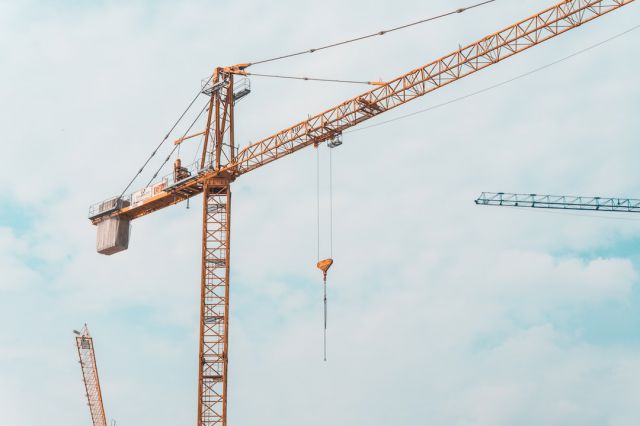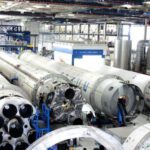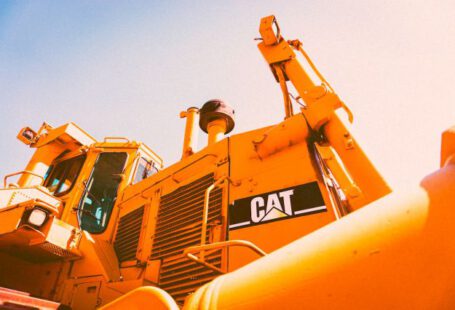The crane is a machine that is used to lift and move objects that are too heavy to be lifted by hand, and it is an essential piece of equipment in several industries. Cranes have been around for centuries, and the basic design has changed little in the past few decades. However, modern cranes are much more advanced than their predecessors, with enhanced safety features, greater efficiency, and improved reliability. In this article, we will take a look at the design of a modern crane and explore some of the key features that make it so effective.
The Basic Design
At its core, a modern crane is a combination of several different components. The main components of a crane are the frame, the boom, the hoist, and the outriggers. The frame of the crane is the base, and it is designed to provide support and stability for the other components. The boom is the arm of the crane, and it is used to move the hoist up and down. The hoist is the container or platform that is used to lift and carry the load, and it can be attached to the boom or to the frame. Finally, the outriggers are the stabilizers that are used to provide additional support and balance for the crane when it is lifting heavy loads.
Safety Features
One of the most important aspects of modern crane design is safety. Cranes are capable of lifting and transporting extremely heavy loads, and if they are not properly designed and maintained, they can be dangerous. To ensure safety, modern cranes are equipped with several features, such as:
- Safety brakes: These are designed to stop the crane if it begins to move too quickly or if something unexpected happens.
- Emergency stop switches: These switches can be used to instantly stop the crane in case of an emergency.
- Overload protection: This feature prevents the crane from lifting more weight than it can safely handle.
- Anti-collision devices: These devices detect obstacles in the crane’s path and stop the crane before it can collide with them.
Efficiency
In addition to safety, modern cranes are designed to be as efficient as possible. To achieve this, they are equipped with several features that help to reduce energy consumption and increase productivity. For example, many modern cranes are equipped with automatic load-sensing systems, which adjust the speed of the crane based on the size and weight of the load. This helps to reduce the amount of energy used while still providing the power and speed needed to complete the job.
Reliability
Finally, modern cranes are designed to be as reliable as possible. To ensure this, they are constructed with high-quality components and materials, and they are routinely tested and inspected for signs of wear and tear. This helps to ensure that the crane will be able to handle the job without any issues.
Conclusion
Modern cranes are highly advanced pieces of equipment, and they are designed to provide the highest level of safety, efficiency, and reliability. The basic design of the crane consists of several components, and it is equipped with several features to ensure safety. Additionally, modern cranes are designed to be as efficient and reliable as possible, and they are routinely tested and inspected to ensure that they can handle the job.






